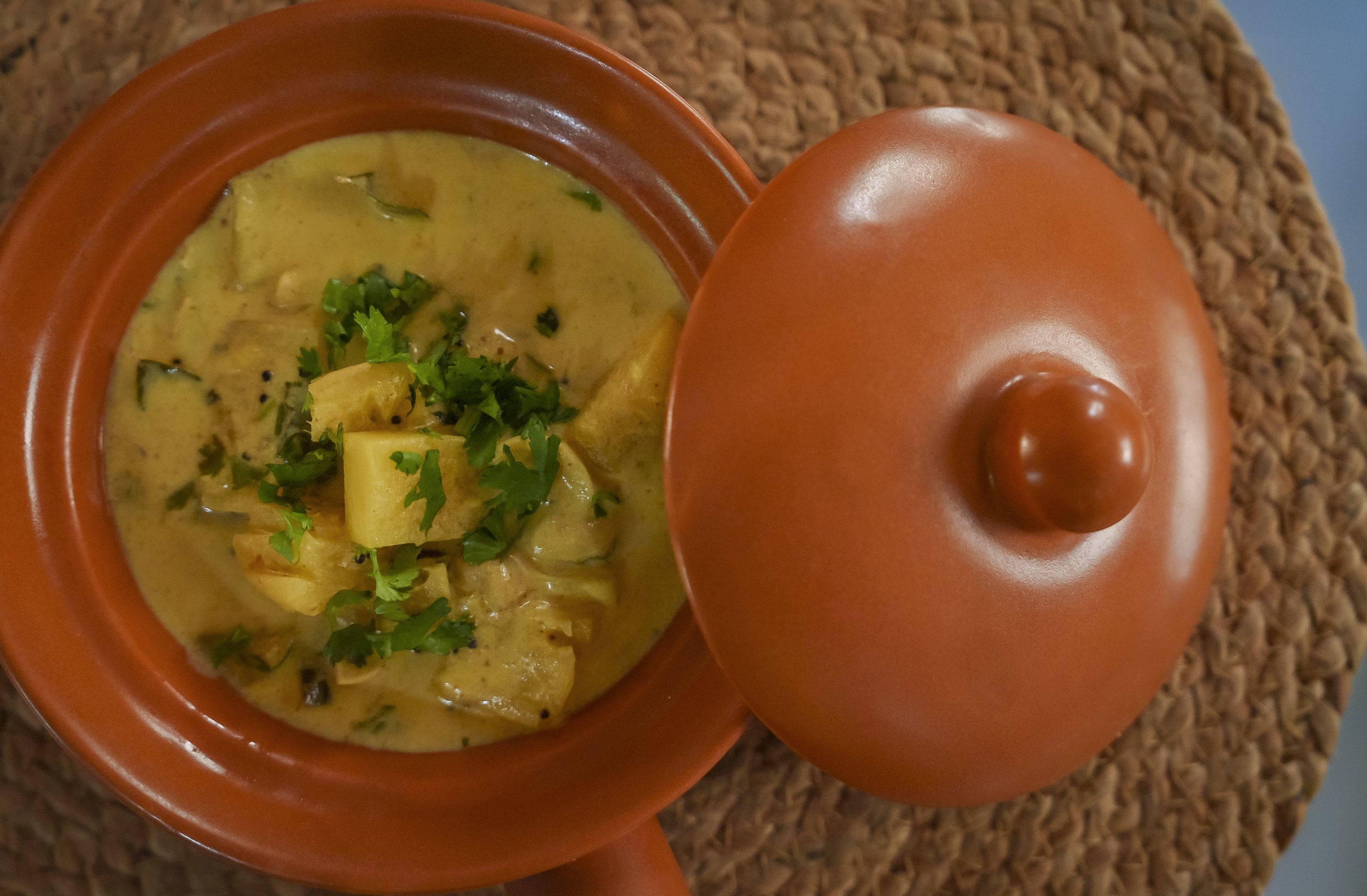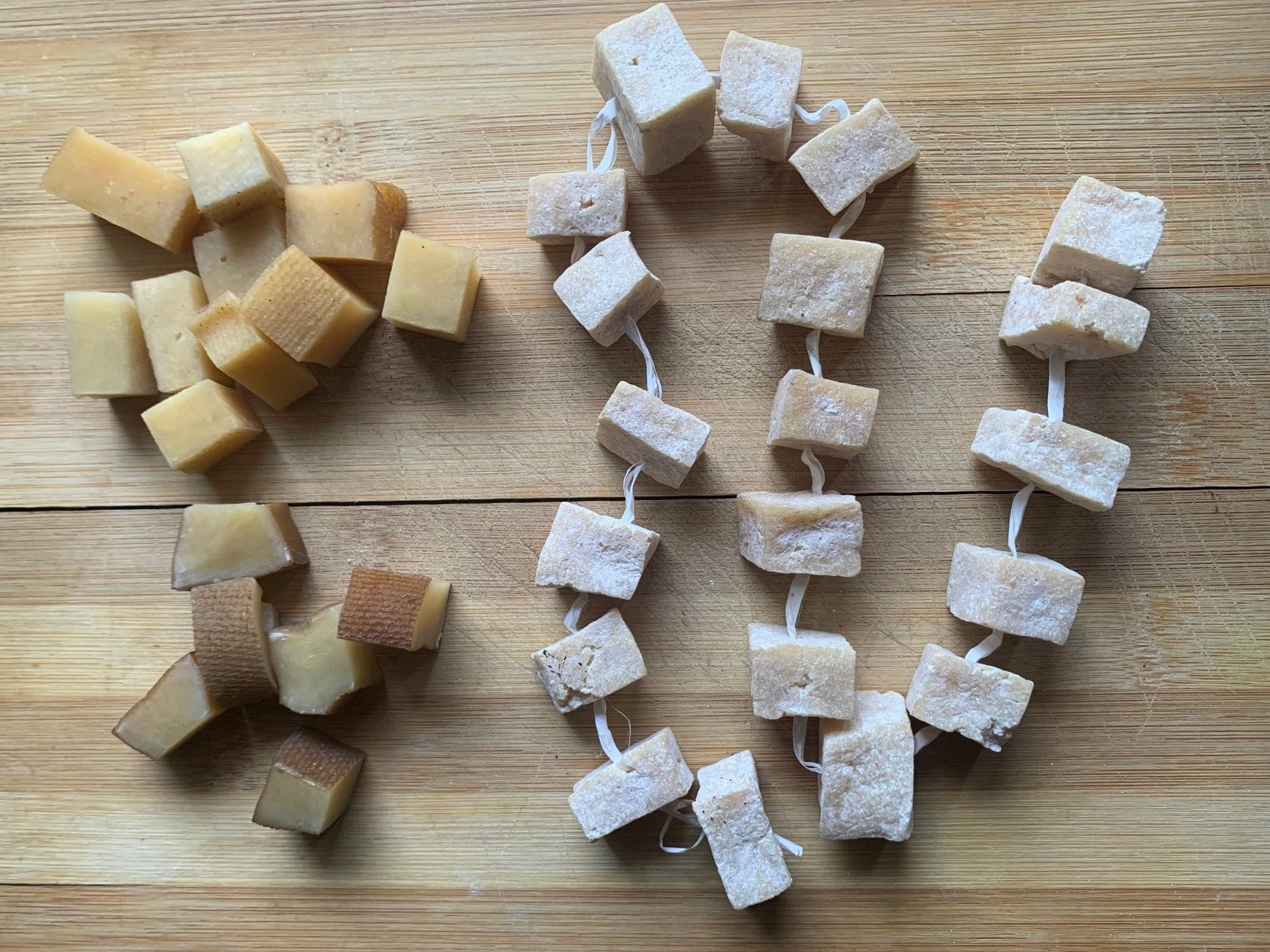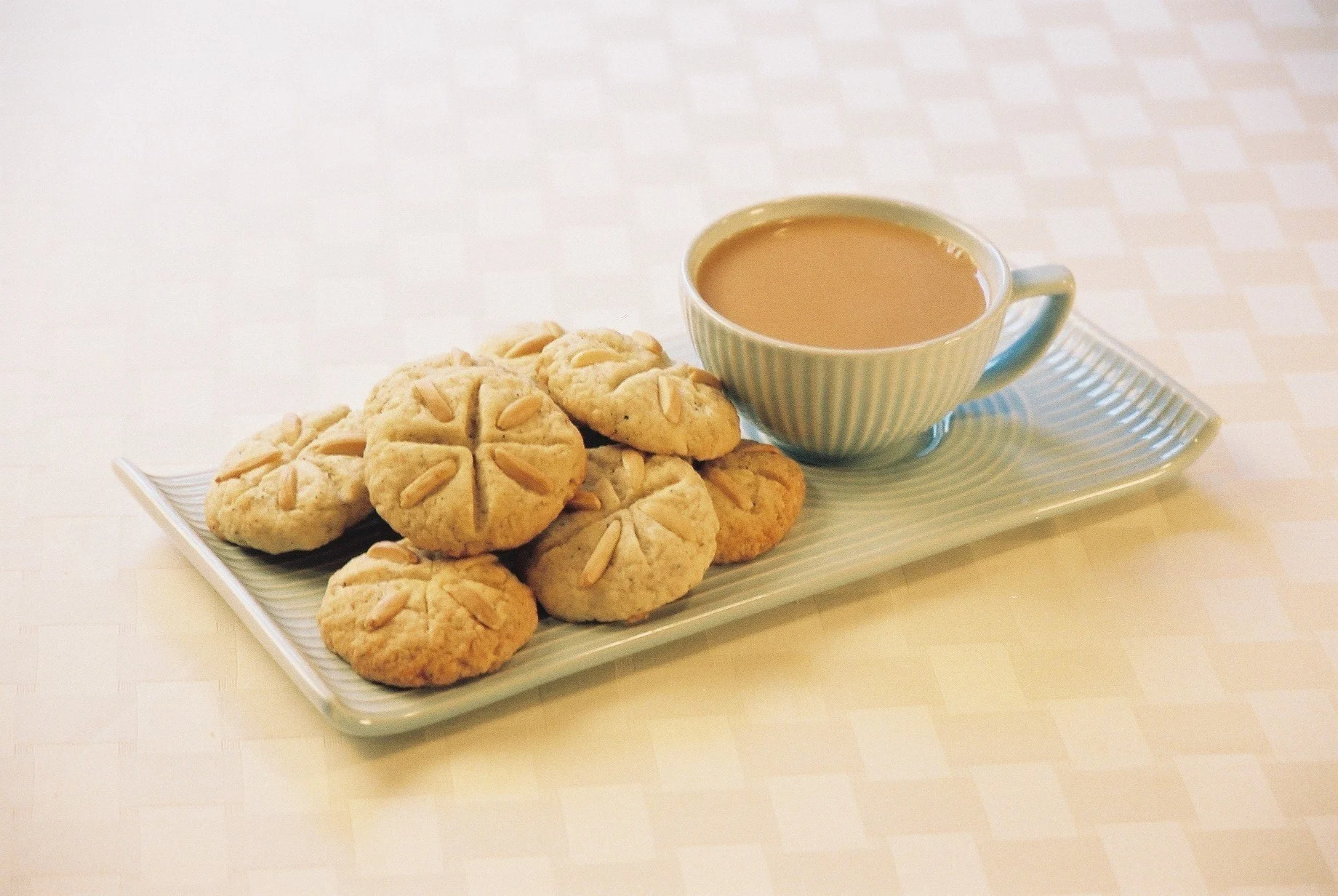To Unlock the Flavours of Biryani, Understand This Secret

Kathryn Pauline, creator of the award-winning blog, Cardamom and Tea writes about the biryani of the Assyrian community from the Middle East.
Every weekend in our Assyrian household, my mom and grandmother would prepare a big dinner with rice and sh’ariyeh noodles, hummus, pita, kebab, fattoush, tabbouleh, and chai for dessert. On special occasions, we would order shawarma, falafel, and baba ganoush from the local pita place. Assyrians are an ethnic Christian minority primarily from Iraq and its surrounding countries, many of whom are now settled in different parts of the world. Even though I grew up in Chicago, Middle Eastern food featured prominently in my life. Once I started a Middle Eastern food blog many years later, I started delving deeper into the intricacies and the many influences that have shaped the food of my people, including Indian food.
While I had always loved eating at Indian restaurants, my education on the complexity of this intricate cuisine started with cookbooks. Madhur Jaffrey’s prolific oeuvre provided plenty of exciting recipes to keep me busy, and Pushpesh Pant’s tome, India, gave me a clearer understanding of the different regional cuisines of the subcontinent. When I first started learning more about Indian food, I was most interested in pinning down these distinctions, as well as the differences between South Asian and Middle Eastern cuisines. I was slowly building a mental map, where everything was divided neatly into different regions and categories, and I asked lots of very specific questions to get a clearer picture: What’s the difference between Bengali biryani and Lucknowi biryani? What’s the difference between roti and pita bread? How do people clarify butter in South Asia, compared to the way my family does it? But lately, I’ve become more interested in thinking about all of these differences within the context of cultural exchange.
Kathryn's spice mix for Assyrian biryani
Over the centuries, the Indian subcontinent and the Middle East have mutually influenced each other’s food traditions. Take amba, for instance. The jar of Iraqi amba that’s always in the door of my grandmother’s fridge made with unripe mango, fenugreek, and vinegar, traces its origins to India. I had always assumed that mango was an essential ingredient in amba, and learning more about this pickle’s Indian origins and etymology only deepened my assumption.
But a recent revelation completely blew my mind: scrolling through Instagram one day, I learned that my friend Sham, who is also Iraqi, makes his amba with cabbage instead of mango. When I asked him about it, Sham said that Iraqis make amba with any crunchy vegetable, from unripe mango to cucumbers. He added that one of his neighbours in Baghdad even made theirs with aubergine, garlic, and green bell pepper. Since traveling from India to the Middle East, amba has taken on a life of its own, and has come to mean a tangy ground fenugreek sauce, which may or may not contain mango.
And so, some of the most fascinating instances of cultural exchange are ones in which the seed of an idea spreads from one country to another, establishing strong roots, and flourishing in new soil like never before. If amba is an Indian dish run wild in Iraq, then biryani has done the reverse. The subcontinent boasts an unbelievably diverse array of biryani, and with so many phenomenal variations, it’s no surprise that the dish has become almost exclusively associated with South Asia. But in fact, it most likely has its roots in the Persian empire, and continues to be an important part of the cuisines of Iraq and Iran.
The biryani I’m most used to, which will sound familiar to most Iraqis and Iranians, is a layered rice dish topped with some combination of chicken or lamb, peas, pine nuts, almonds, vermicelli noodles, hard boiled eggs, black raisins, fried potatoes, and golden caramelised onions. It’s almost always seasoned with some combination of spices, usually including some blend of allspice, paprika, cardamom, cinnamon, chilli pepper, and/or yellow curry powder.
While these ingredient combinations distinguish Middle Eastern biryani from the many South Asian varieties, equally illuminating is the variety of preparation methods. Many Middle Eastern cooks prepare their biryani with similar techniques to those of South Asia; essentially, raw and par-cooked ingredients steam together in one single pot. But many Middle Eastern cooks take a different approach — I learned how to make biryani from my cousin, Maryam, who taught me to cook each component separately, and then put them together at the last minute.
While neither technique is inherently better, choosing whether to cook the ingredients together or in stages significantly affects the dish’s final flavour. With one-pot biryani (whether dum, kacchi, or pukka), all of the flavours meld beautifully, and you end up with a very nuanced dish with layers of flavour infused in each bite. On the other hand, when you cook each layer separately, you can focus your attention on each individual ingredient, ensuring that everything is cooked to perfection, before you bring them together at the end.
But of course this distinction in cooking style is complicated by the fact that these are all generalizations; there are plenty of Middle Eastern cooks who make their biryani by cooking everything together in one pot, and plenty of South Asian biryanis that include some of the same ingredients as Iraqi and Persian. After all, there’s always more similarity than difference, more overlap than you might expect, and it’s hard to draw a really clear line between culinary traditions.
At the end of the day however, it all comes down to the layers. Or as the author of the cookbook Biryani, Pratibha Karah, says, “The cardinal principle of biryani is that it is made by the method of layering in a pan.” Indeed, whether you layer everything before steaming it all together, or layer everything on a big serving platter at the last minute, or simply layer flavours upon flavours in a big stirred-together pot—for most cooks, regardless of region, biryani is a celebration of complexity.
How to make Kathryn's Assyrian biryani.
Kathryn Pauline is the author of the award-winning blog, Cardamom and Tea. All images by Kathryn Pauline.
YOU MAY ALSO LIKE











